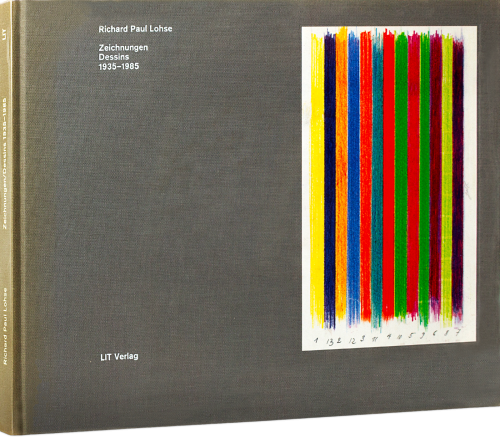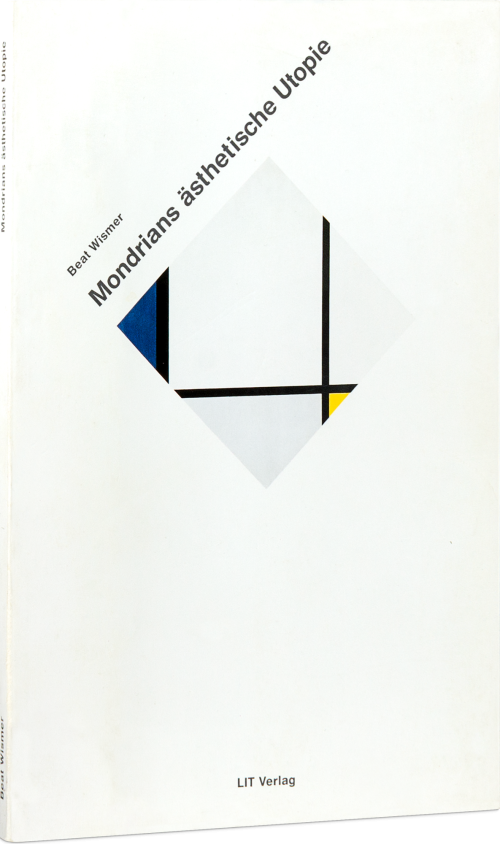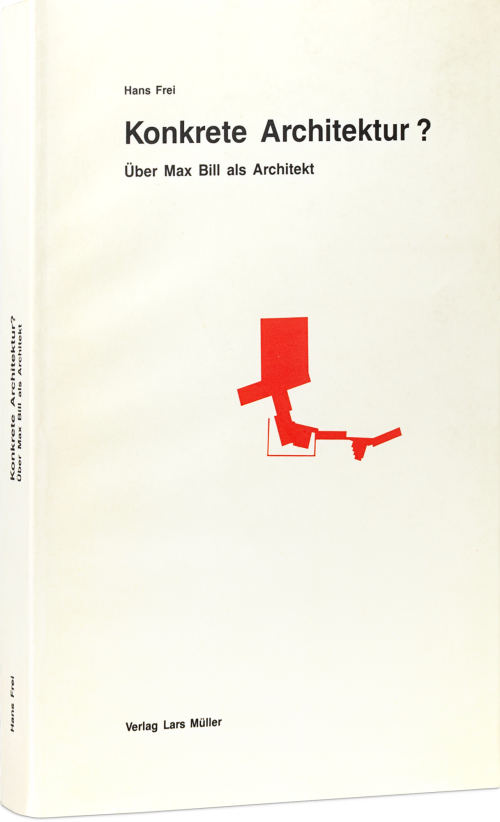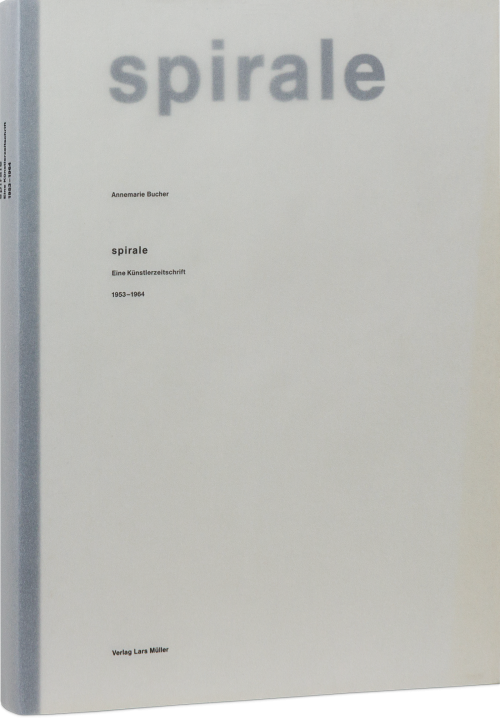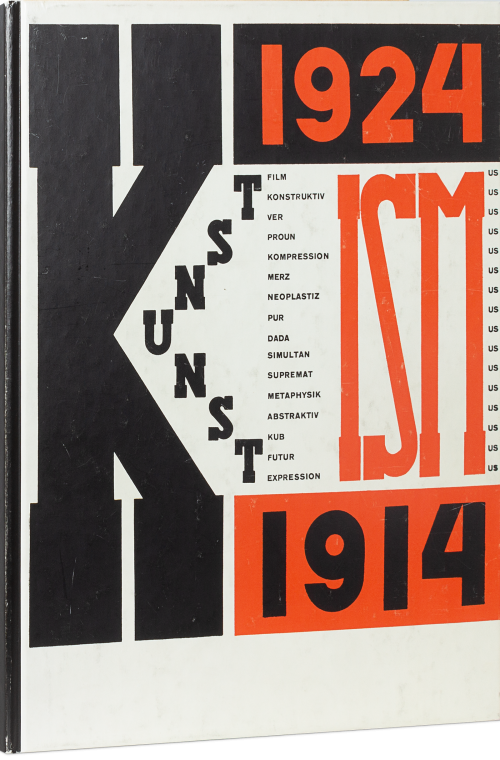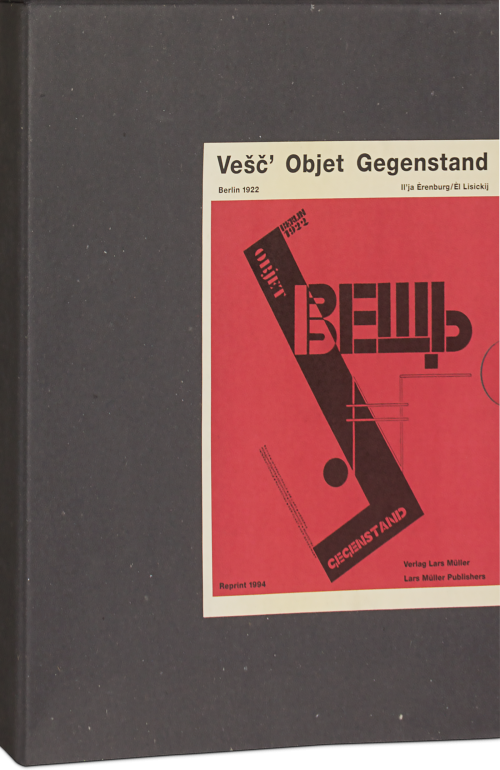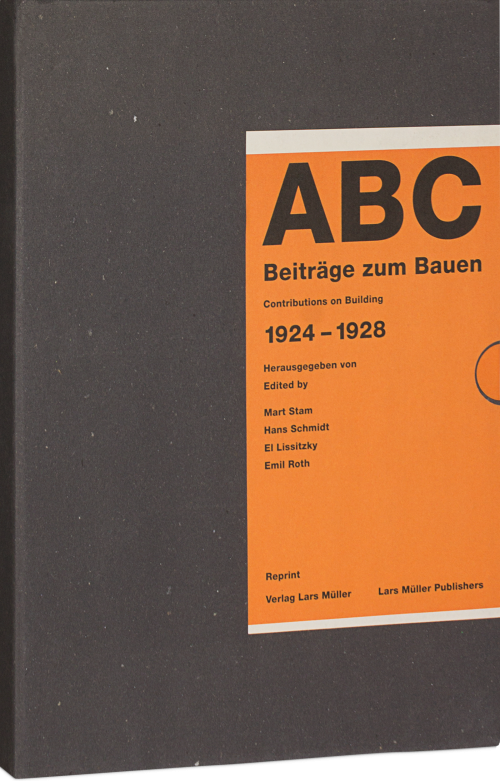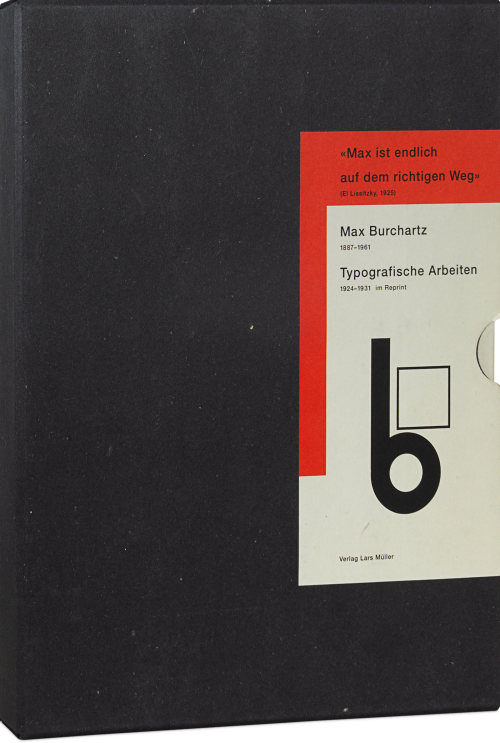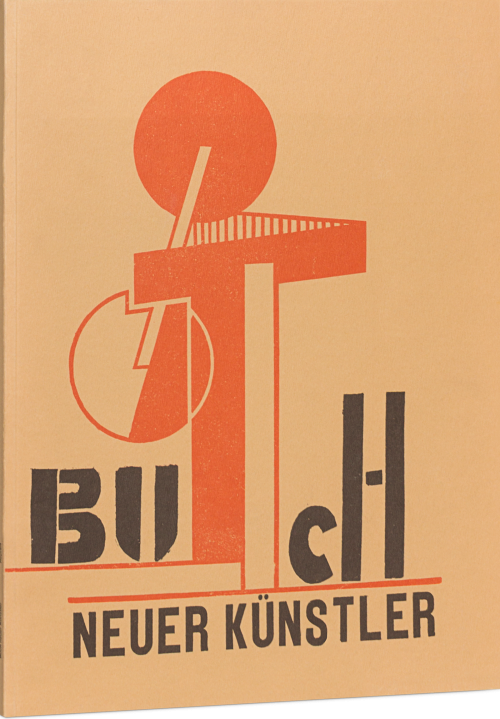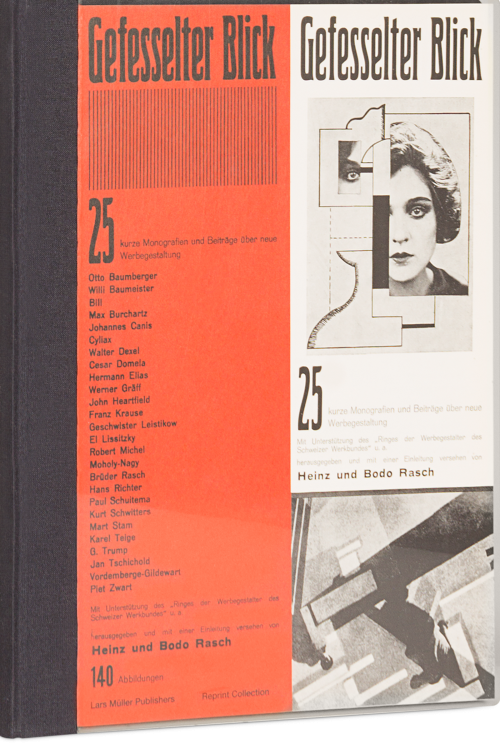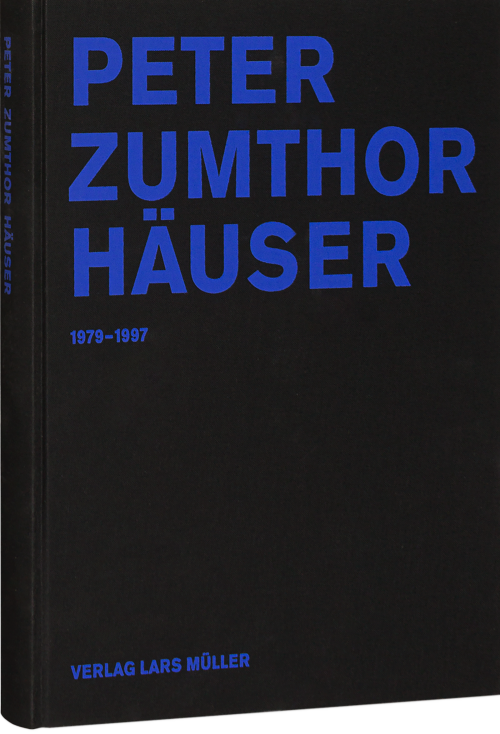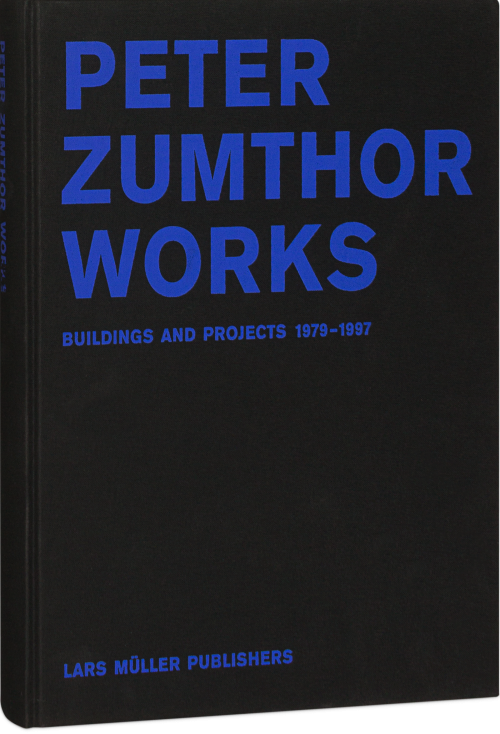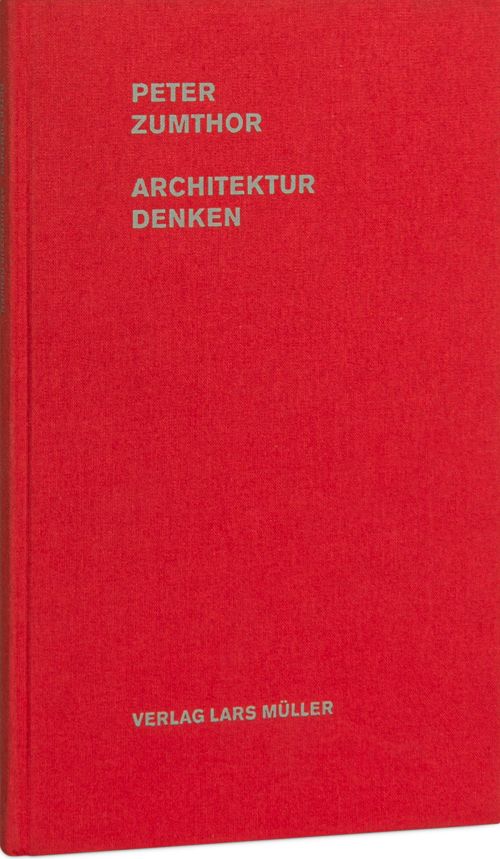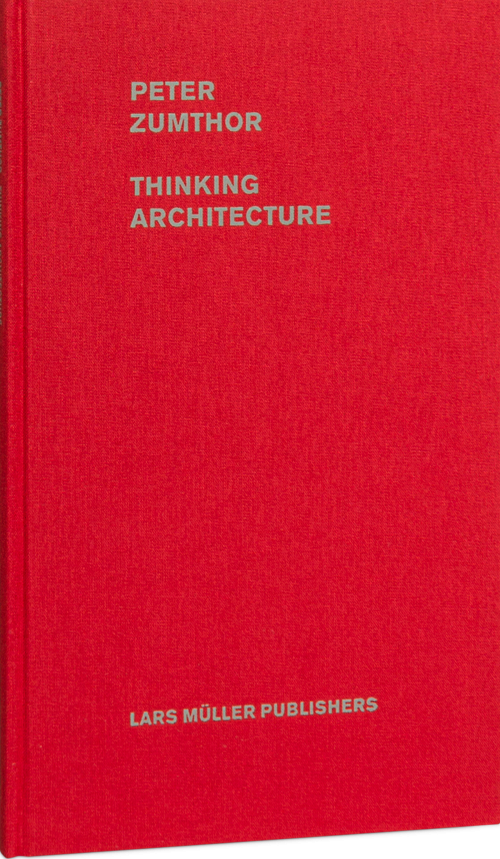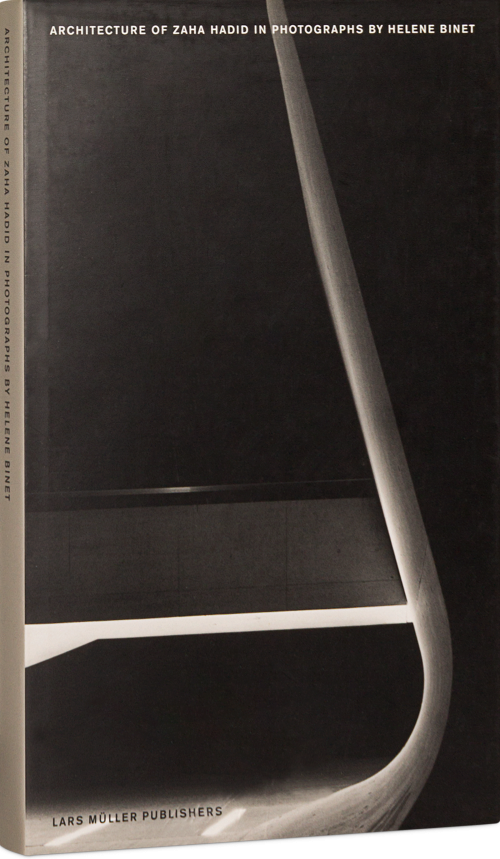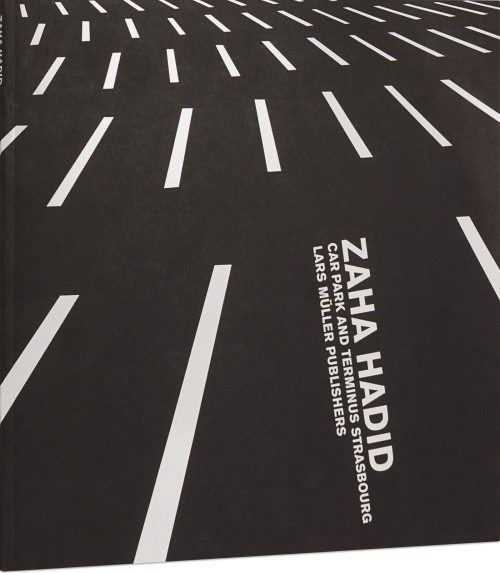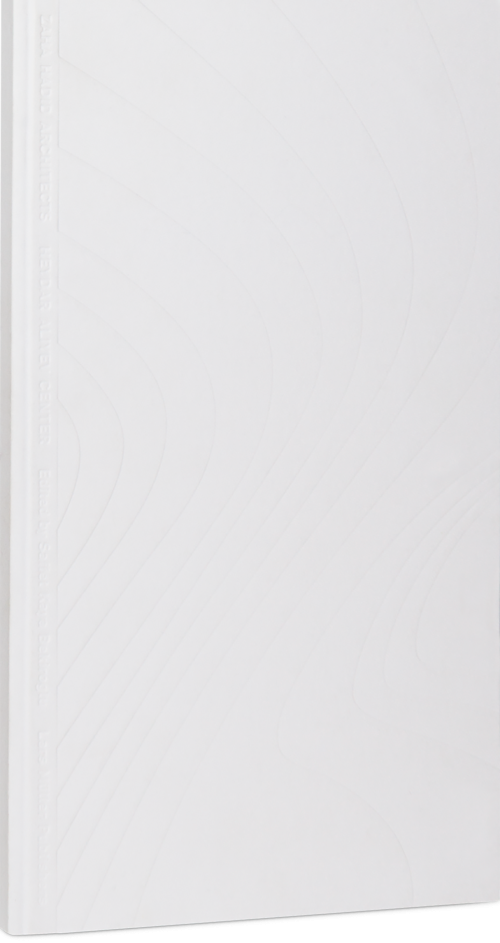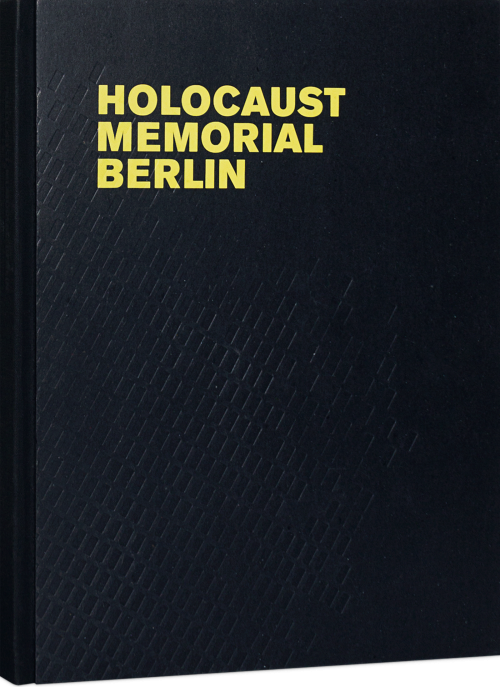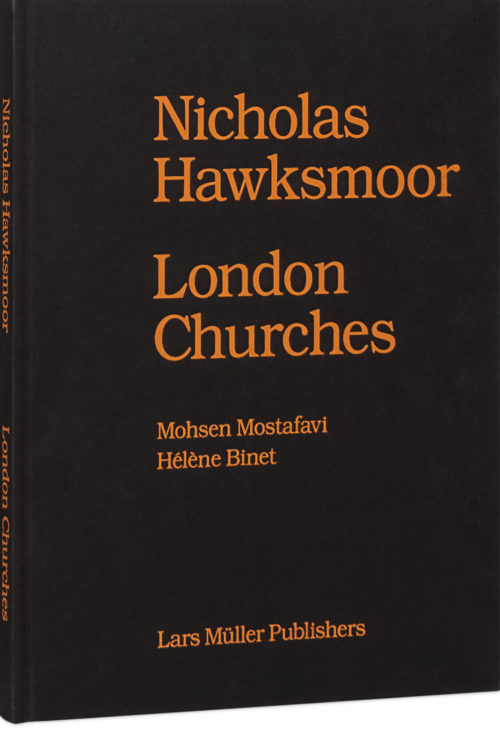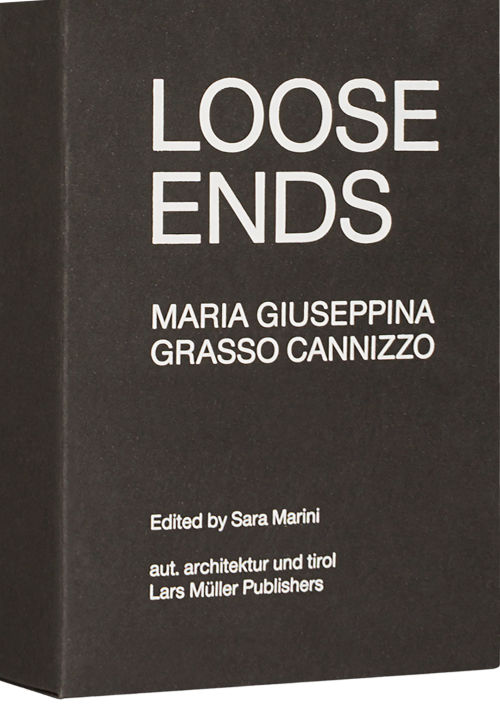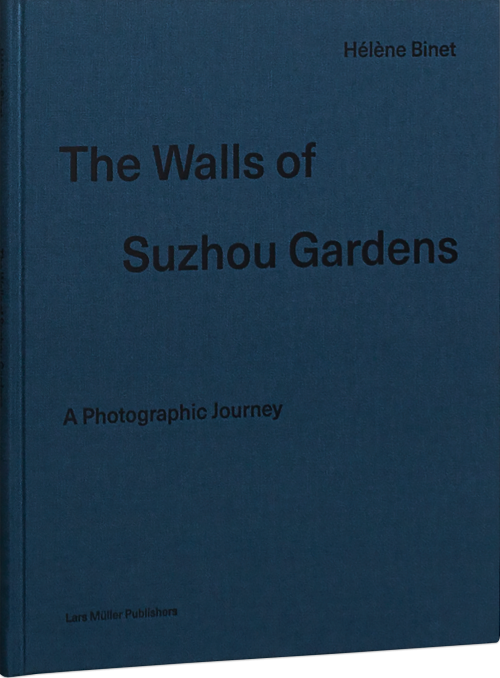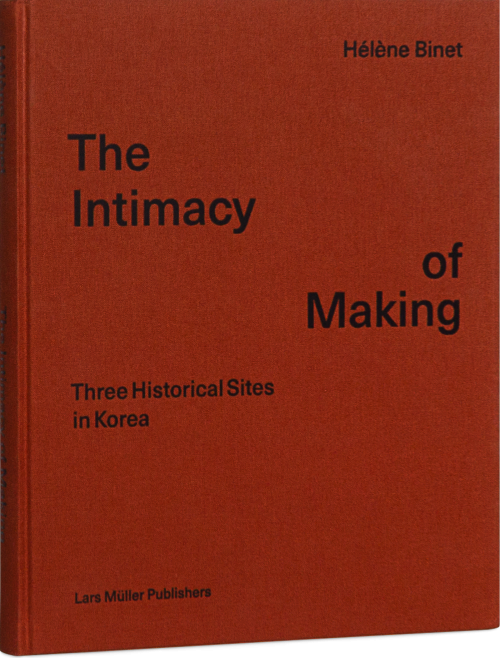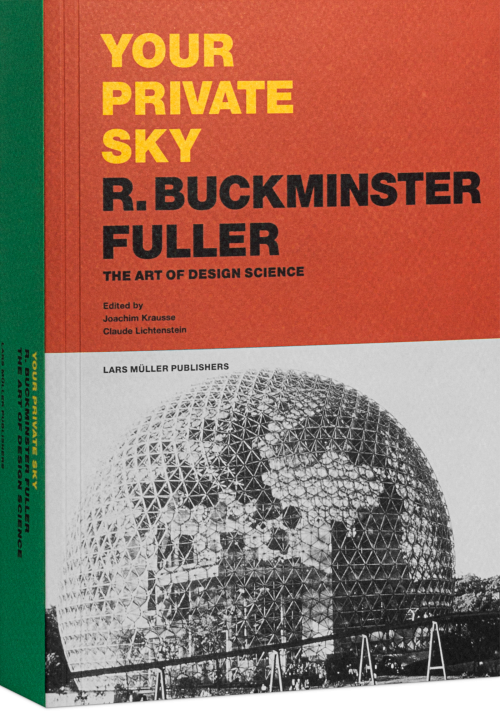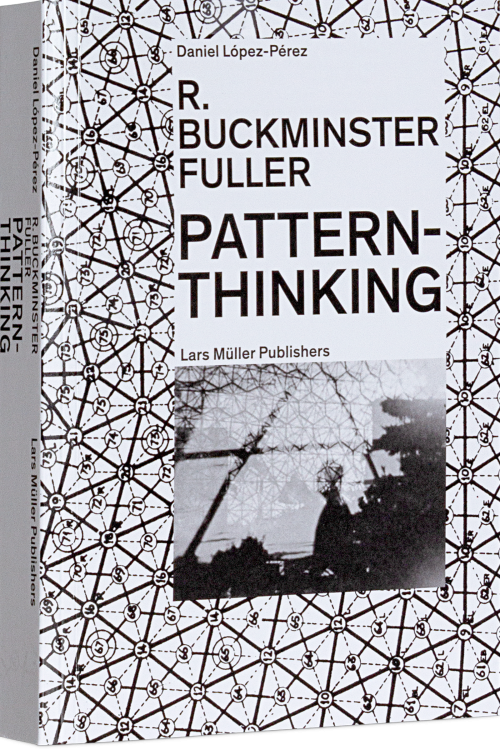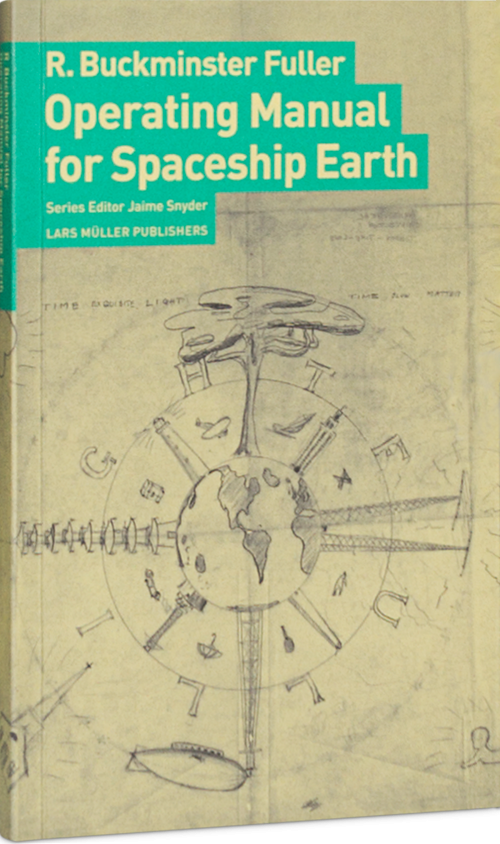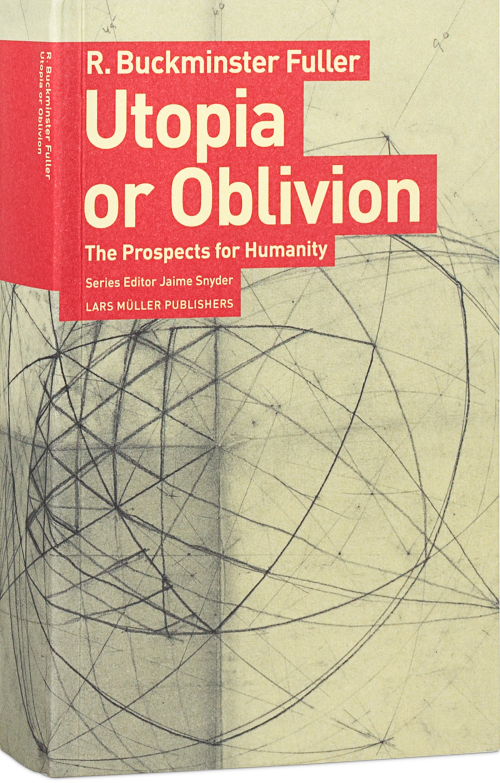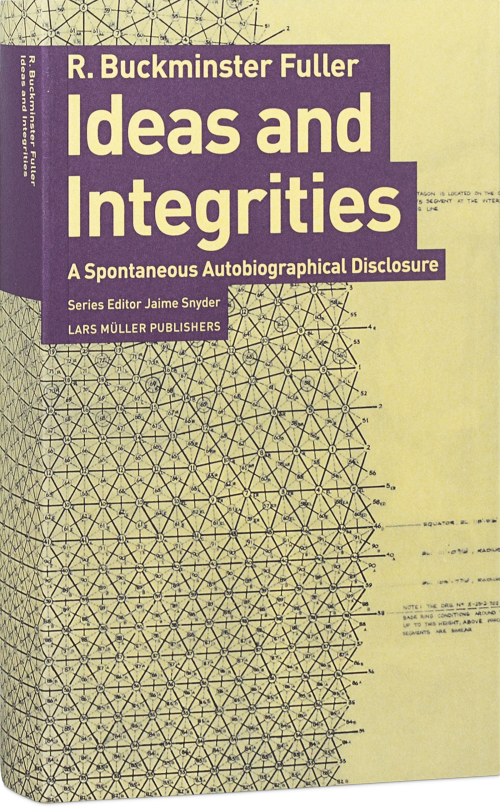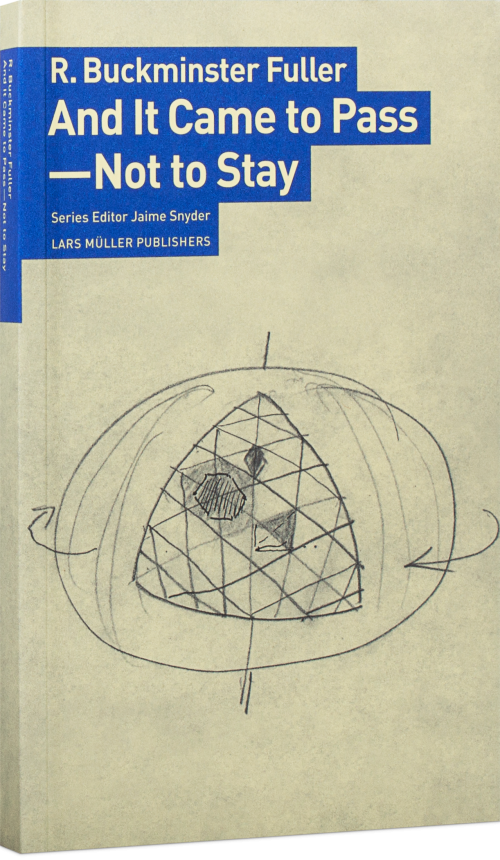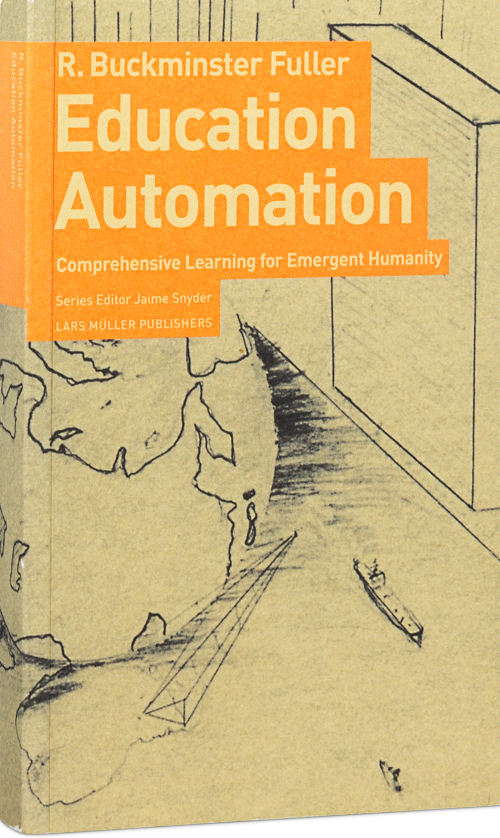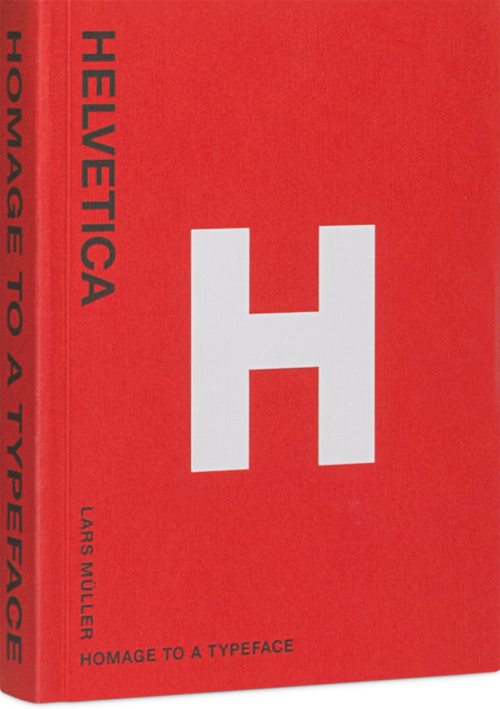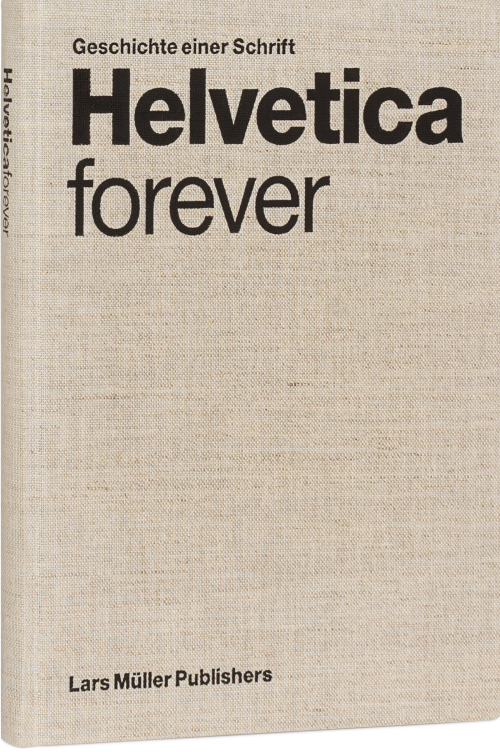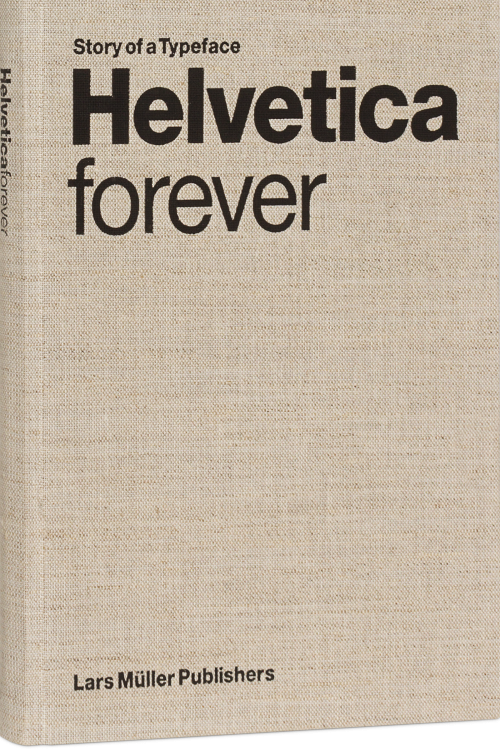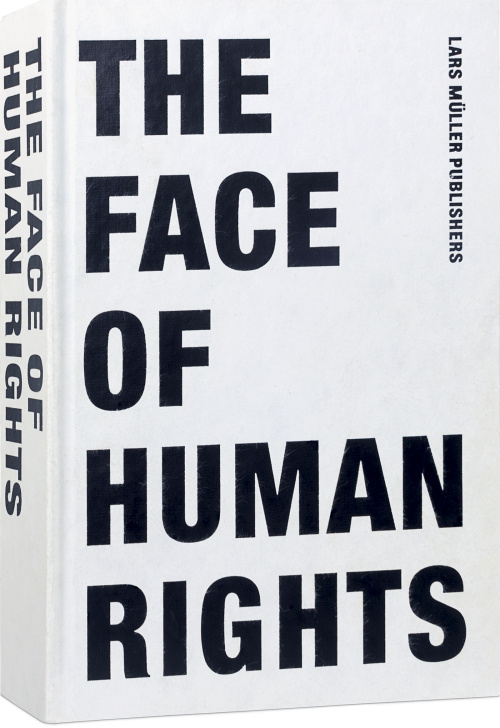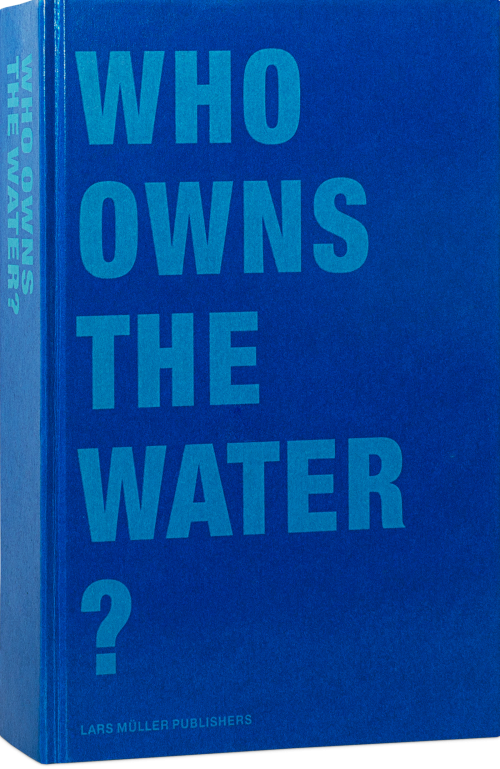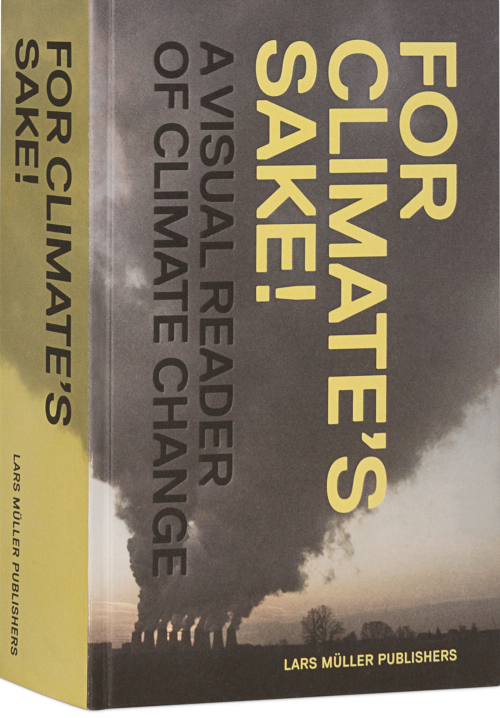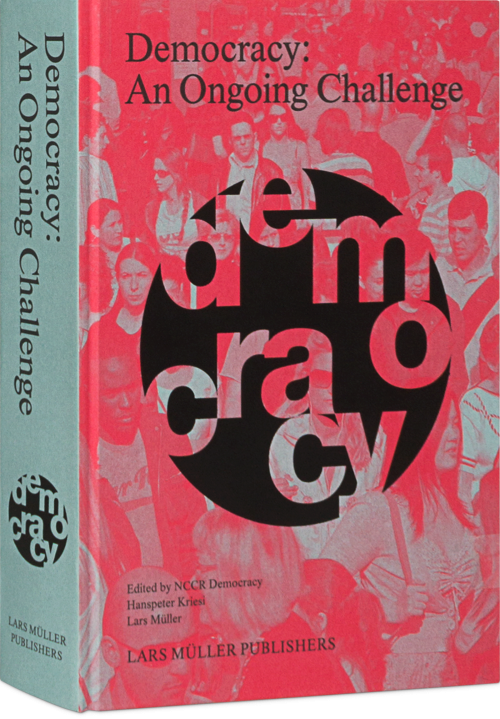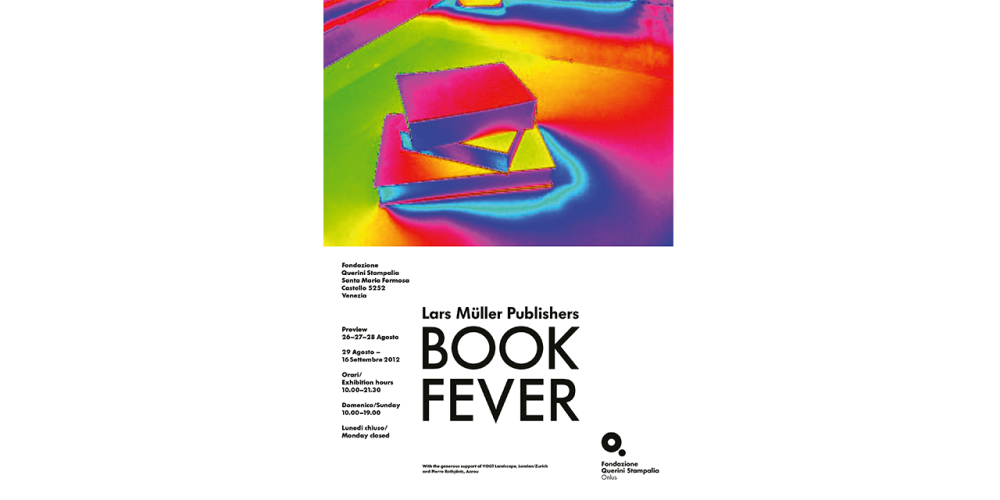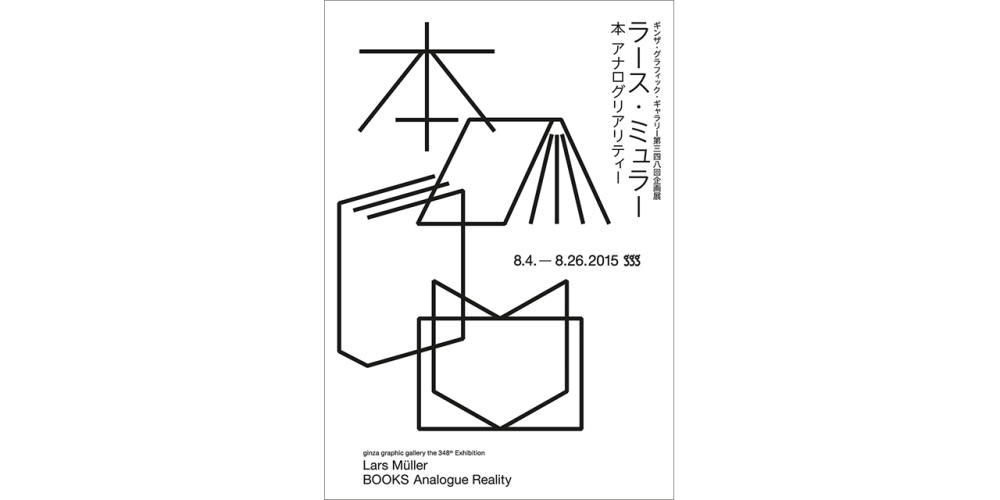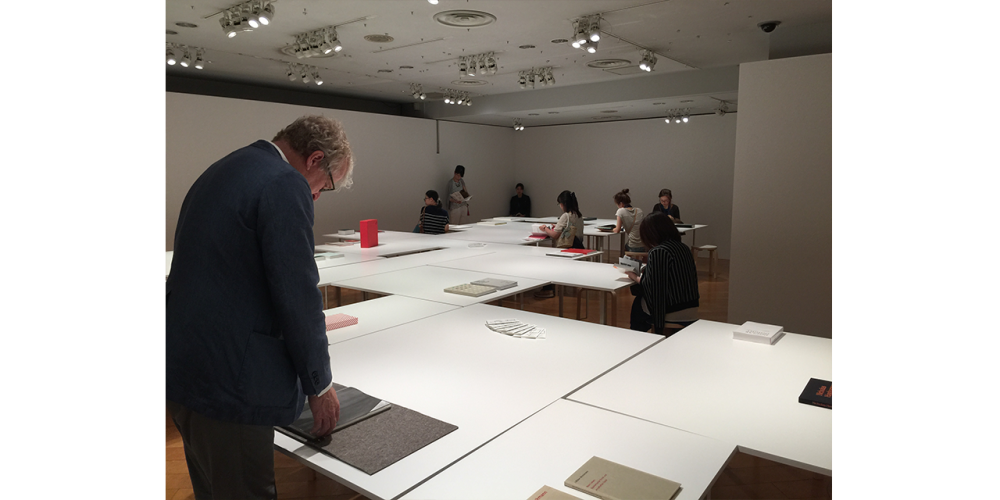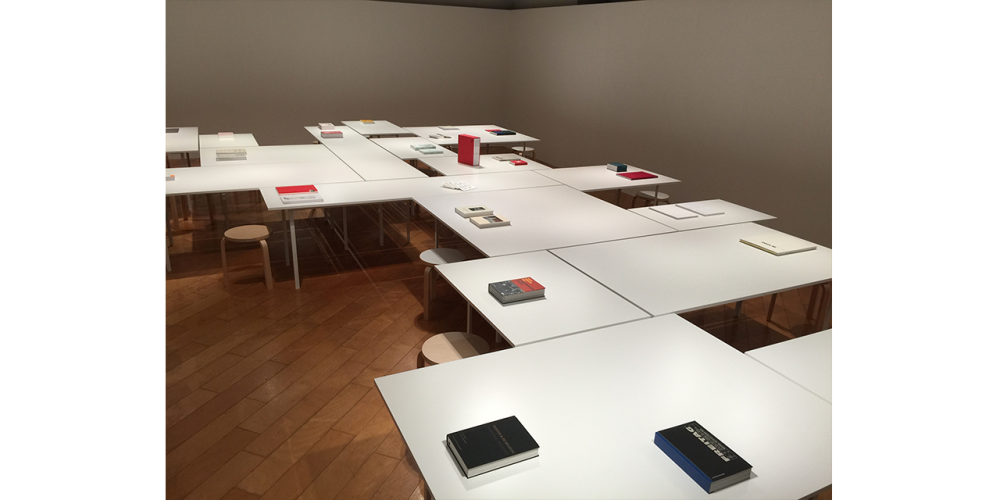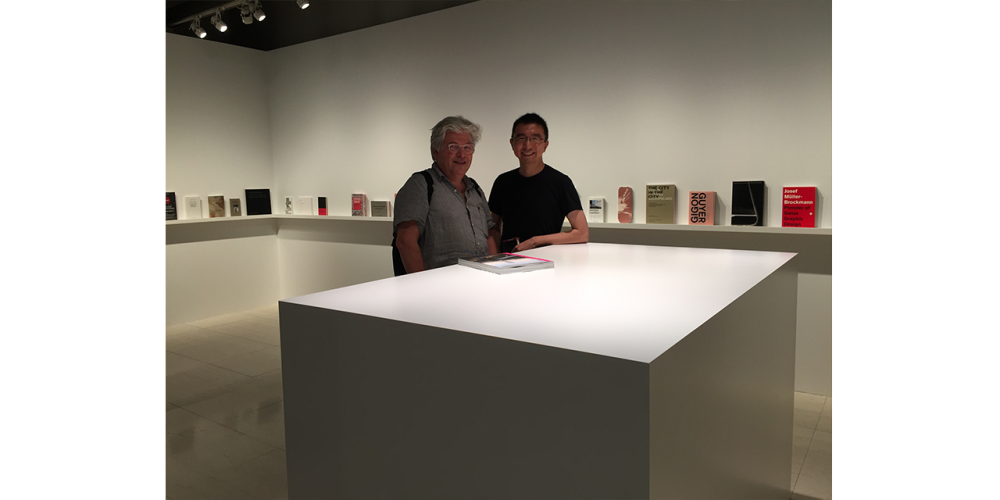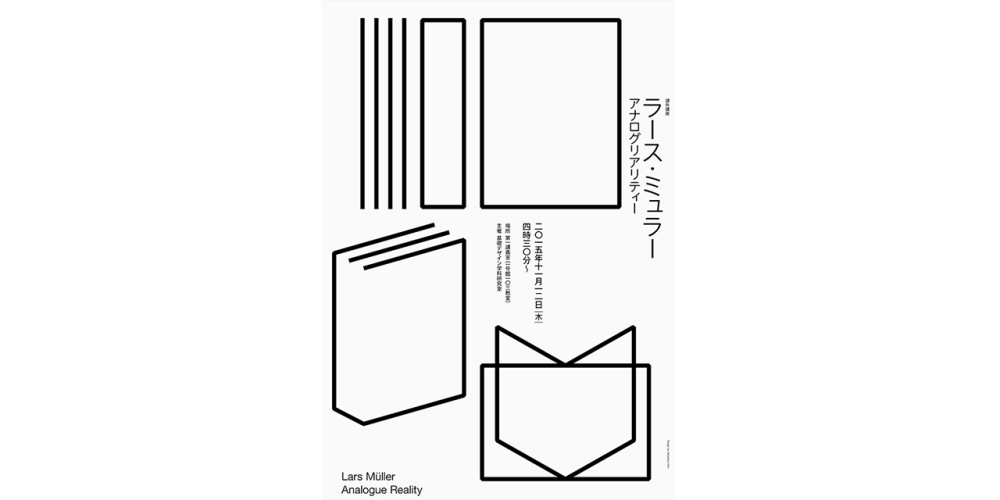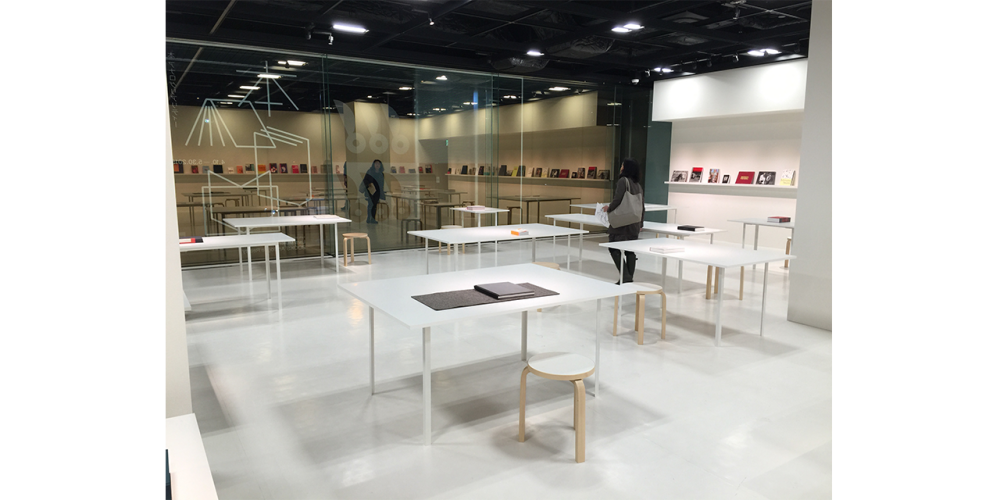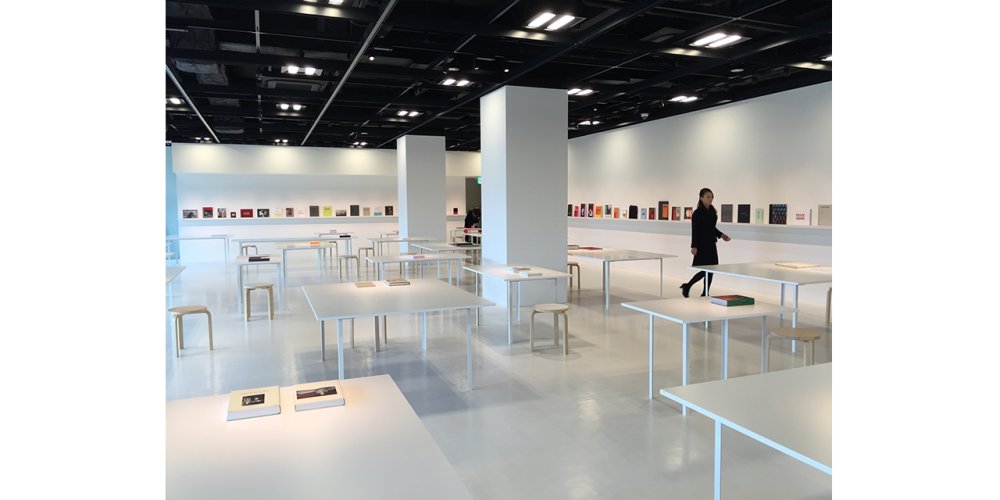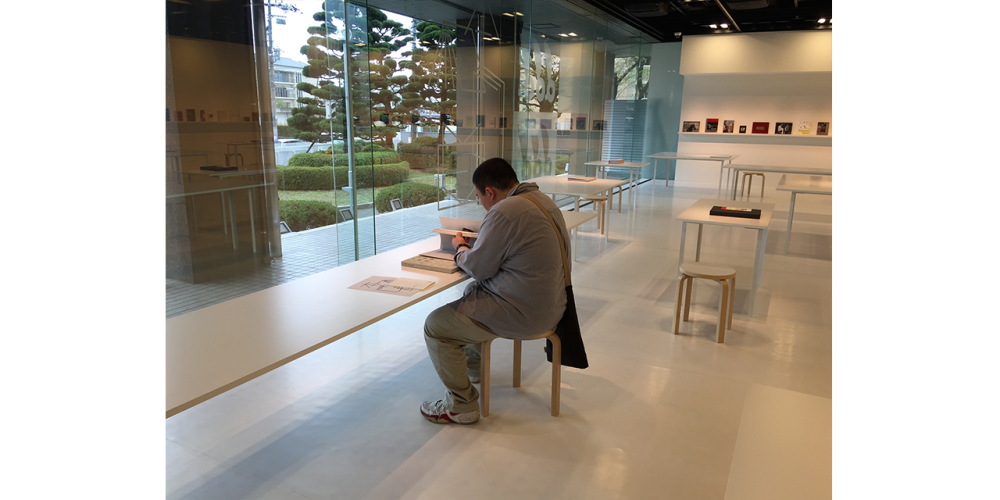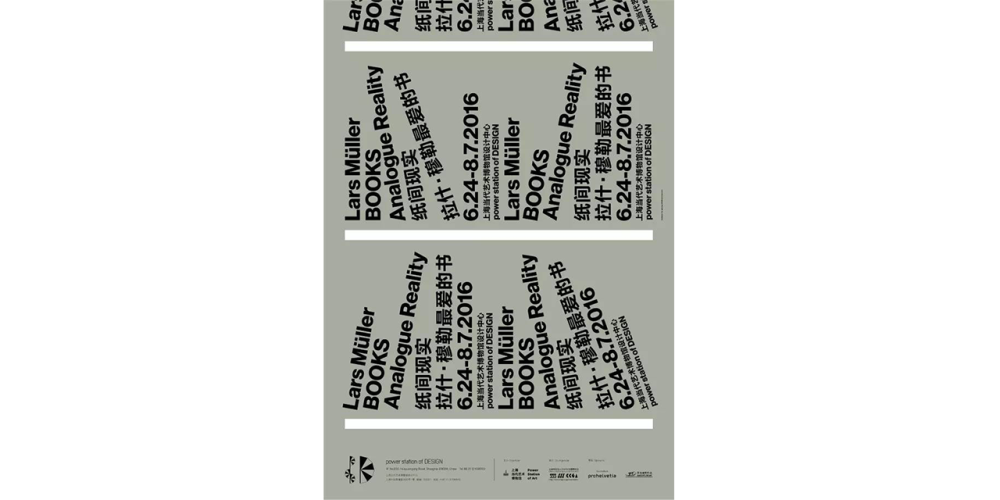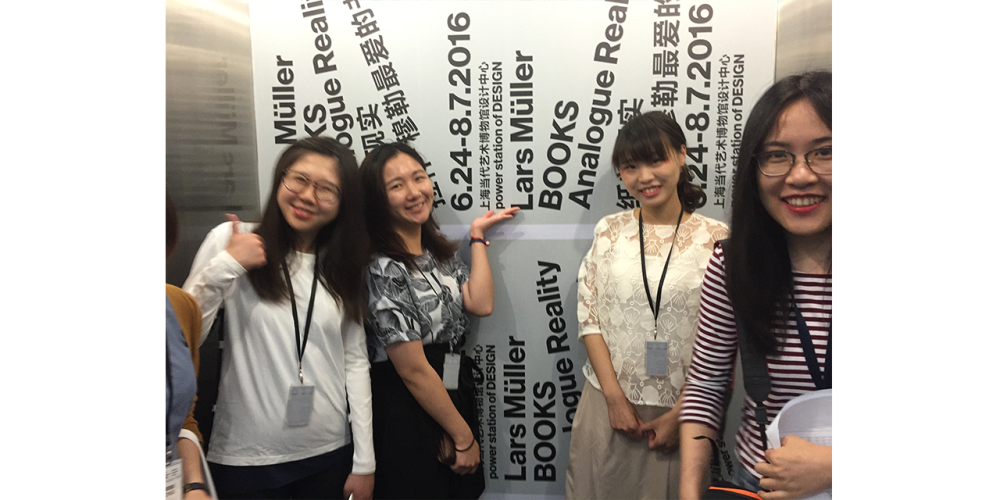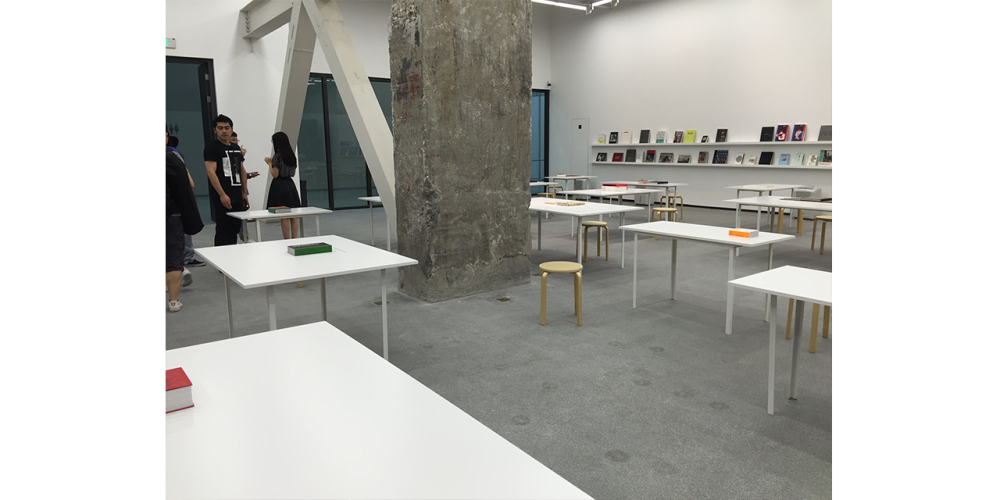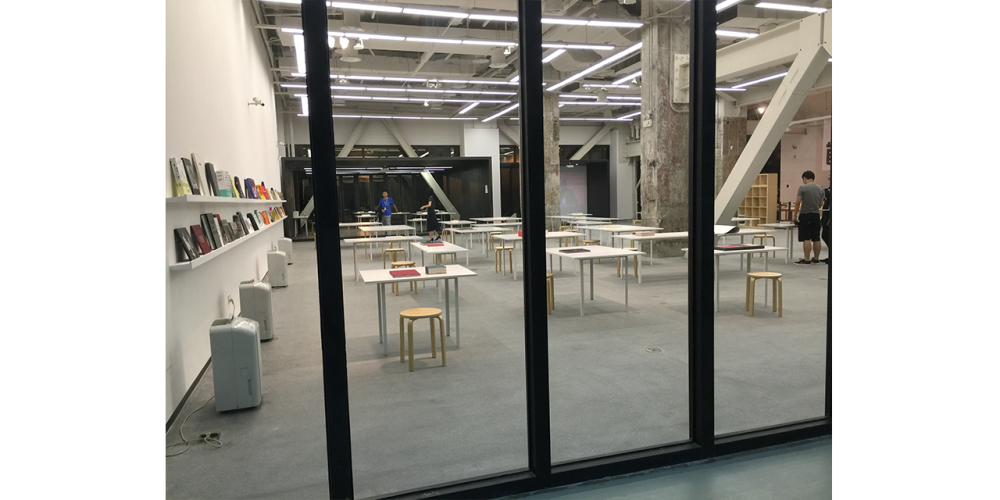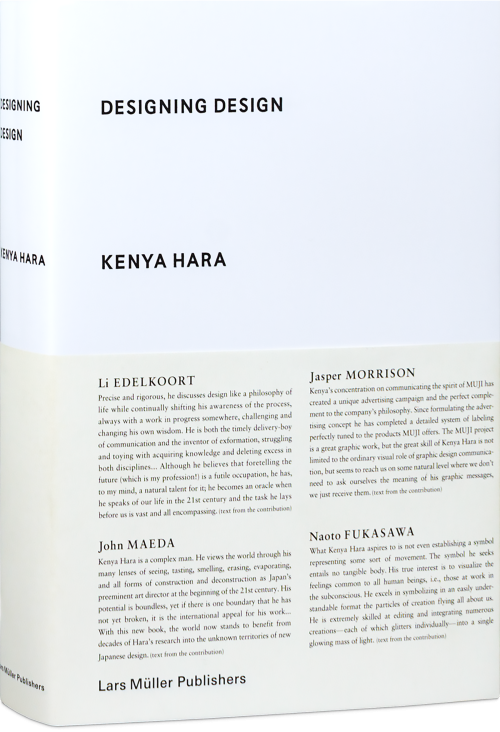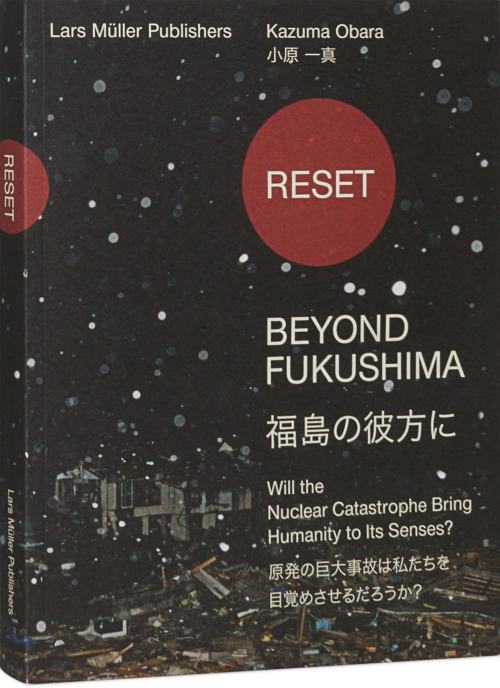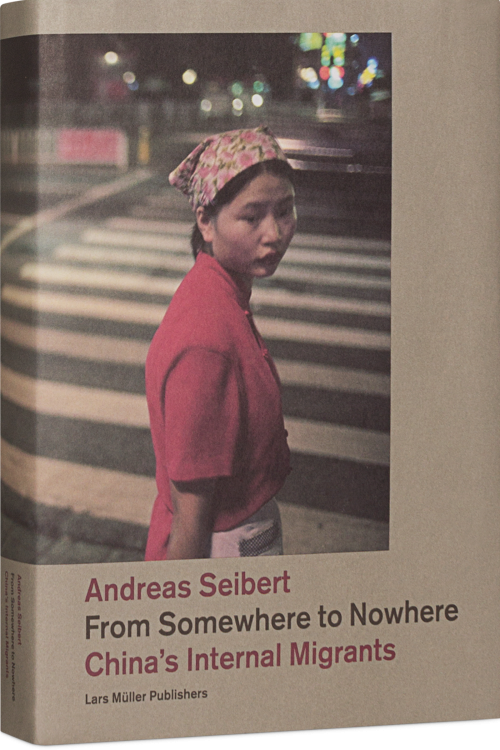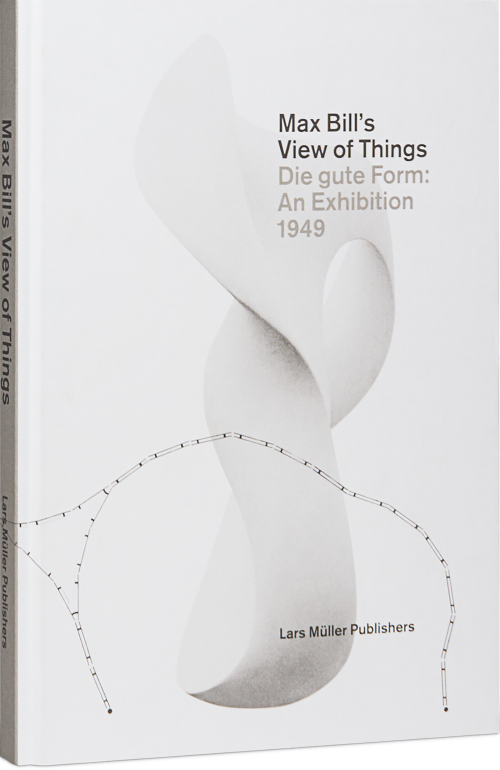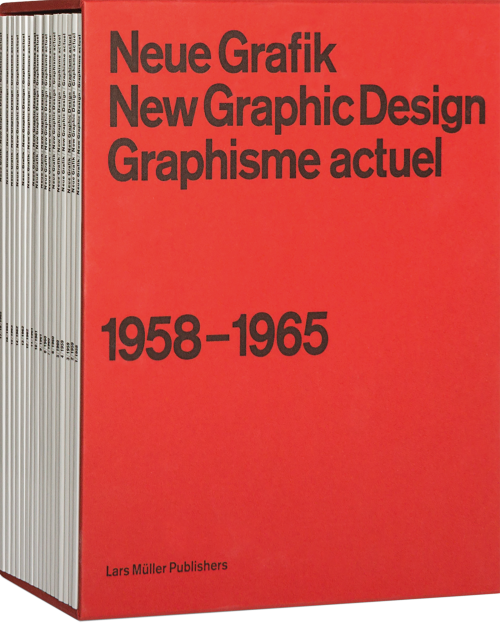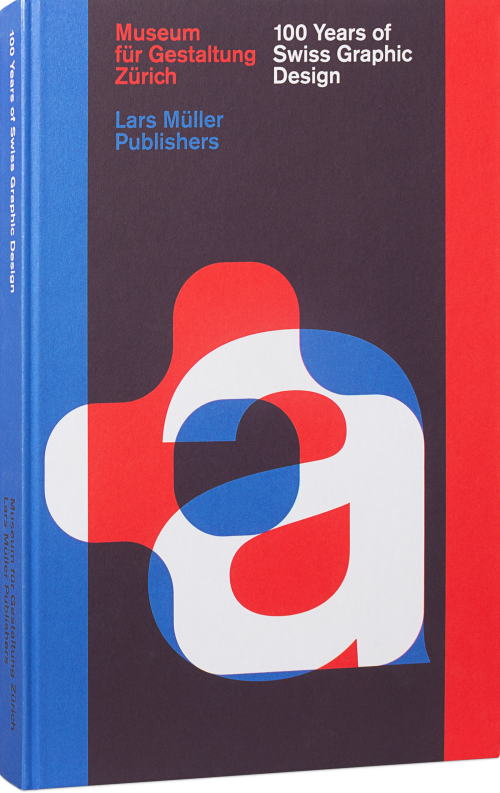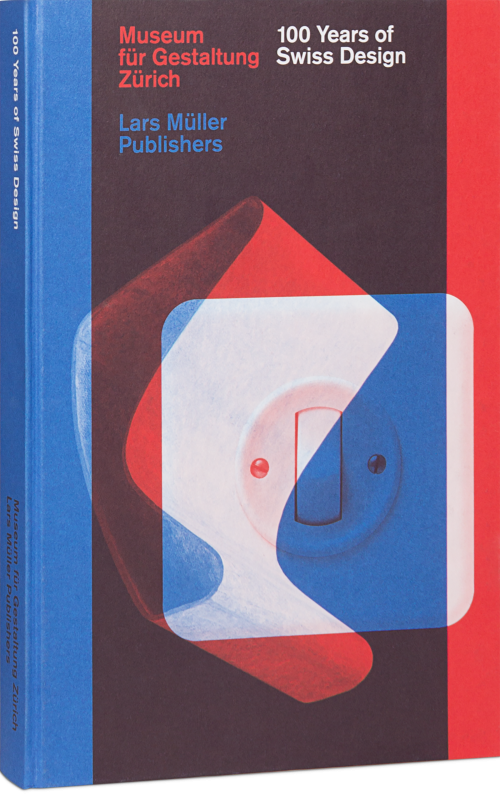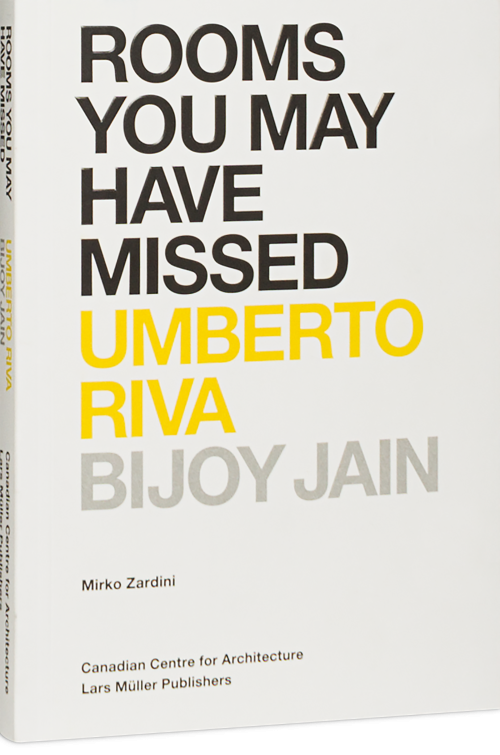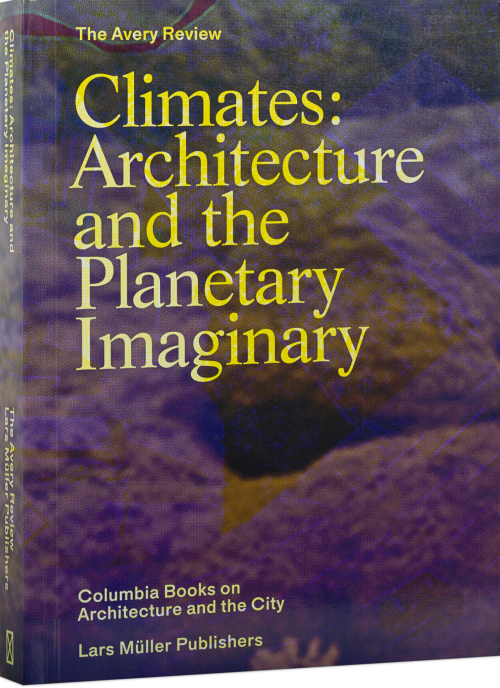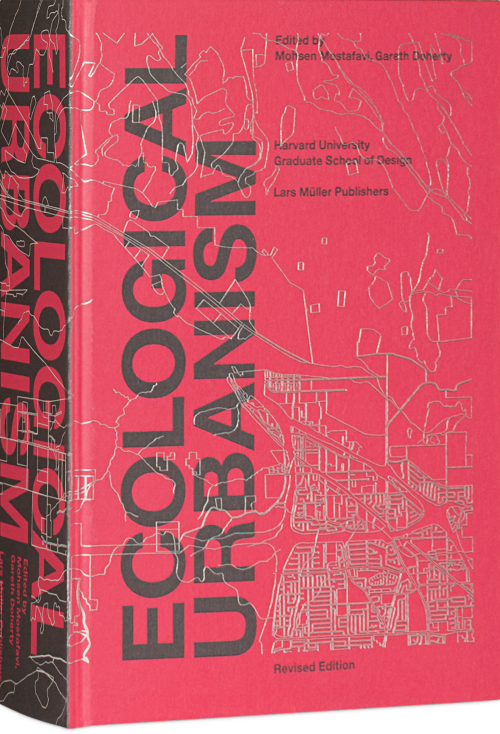
The History of Lars Müller Publishers
The publishing house was founded in the summer of 1983 – forty years ago. In the past, I have celebrated the Master Numbers 11, 22, and 33, which in numerology stand for envisioning, building, and sharing. Therefore, I look forward to 2027 and will celebrate 44 years of existence. Nevertheless, I would be delighted if you would honor the four decades of my independent publishing work and continue to support and draw attention to the publishing house.
(Lars Müller, February 2023)
33 Years of Lars Müller Publishers
There’s no real need to retell our story at this point. But looking back over the history of the Lars Müller publishing house nonetheless presents an occasion to frame the standards and expectations by which we intend to measure our work in the future.
I am amazed at how well we have weathered the crises and upheavals that have shaken the book industry since our founding. This may be explained in part by how my initial ignorance of the industry left plenty of room for idealization and how I’ve held on tightly to my principles. As a designer, I always have my eye on the form taken by a book, on its material presence and I despise well-designed books with weak content. Visual subject matter attracts me and challenges me. I avoid designing books of poetry and fiction, preferring to enjoy them as a reader. The conviction I have held from the start and still stand by today, that good and important books depend on a solid and trusting relationship between author and publisher, and that it is the noble task and the privilege of the publisher to initiate projects and take up new ideas, can be traced back to a description I once read of the working method of the great architectural publisher Hans Girsberger. In the preface to a reprint of Alfred Roth’s famous book The New Architecture (1939/1975), he writes: “I can still remember […] how my friend the young architect Alfred Roth and I the young publisher enthusiastically discussed ideas for new publications late one evening in the summer of 1938 on our way home from a café. And I recall how we then, in high spirits, took the decision to create a book on architecture that would be something sui generis, that would satisfy the most exacting criteria and that would appeal to architects in all countries.” Girsberger pursued his goals with the utmost pleasure and creative drive, and he became my early role model.
That the life of a book only starts with its production and that sales and marketing are critical for success are things I was only vaguely aware of in the beginning. Reality quickly caught up with me, and I came to the realization that it is the sum of collected experiences that makes for a publisher. As it turned out, my determination to initiate most of the books I wanted to publish myself, or to develop and design them from the very first idea in collaboration with authors and editors, was vital to shaping the identity of the publishing house early on. The goal of “carrying Switzerland out into the world and the world into Switzerland” by means of books made the publishing house attractive to both national and international architects, designers and artists, and my interest in historical contexts brought me attention from academic circles as well.
Many of the ideas and principles from the early days still survive today, albeit in a modified hierarchy. My triple role as publisher, editor and designer is something I view as a special feature of my publishing house and as an advantage in several of its processes. And running such a small operation also gives me the privilege of limiting myself to topics and projects that interest me personally and from which I can learn something. Growth and magnitude are not my goals.
Upon my return from Holland, I reopened my little studio. Lacking commissions, I came up with my own work, deciding to initiate a book documenting and critically analyzing post-war modernist product design in Switzerland. I was able to get access to the requisite archives and persuade Peter Erni, a connoisseur of the material, to collaborate with me. Extensive research and many discussions naturally preceded the design phase, giving me early experience in the development and structuring of content. This is an aspect that would become a passion of mine: the art of editing as an integral part of book design. The realization that, of all printed material, only the book – unlike posters, brochures or booklets – is designed for longevity, helped me to develop the endurance and diligence to do justice to that fact.
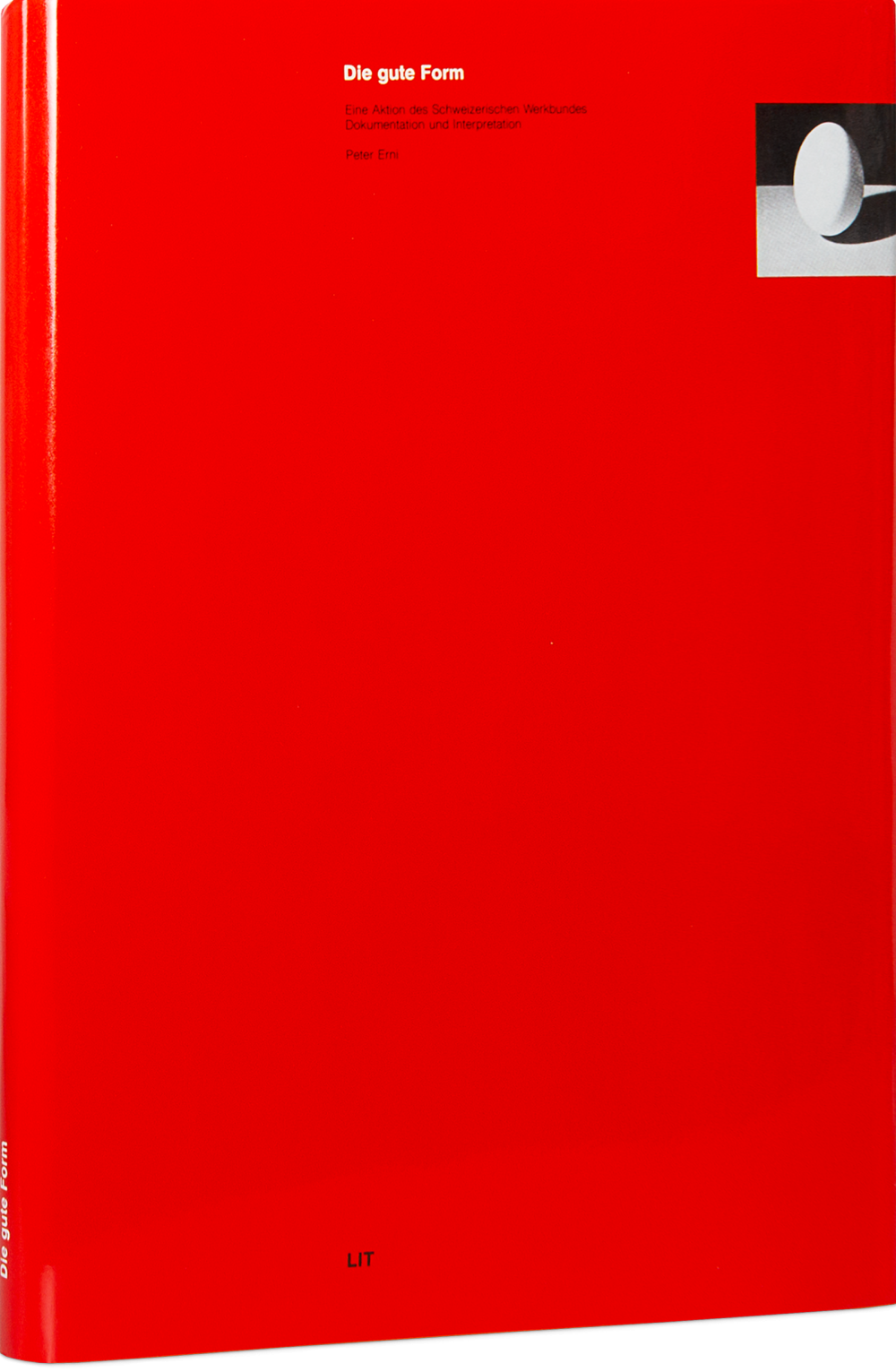
In September 1983, my first book, Die gute Form, was published, to great acclaim from Swiss design circles. Access to the book trade proved more difficult than expected, however, and my cost accounting for the project had been amateurish. The project thus ended in a financial fiasco.
In the course of preparations for my first book, I had made the acquaintance of the artist Richard Paul Lohse (1902–1988). A close friendship developed. Josef Müller-Brockmann (1914–1996) had already taken me under his wing in 1978. Both were pioneers of Swiss graphic design and co-editors of the epoch-making magazine Neue Grafik. They encouraged my efforts, while not allowing me to evade the strict dictates of the Zurich graphic design tradition. Lohse was an implacable ideologue and no-nonsense socialist, while Müller-Brockmann, just as unrelenting as a designer, was a humanist of great wisdom and gentleness. He had a strong influence on me both as mentor and friend.
Lars Müller Publishers published sixty books during its first decade and gradually managed to gain a foothold in the book trade – first in the German-speaking countries and later on worldwide with our first English titles. The books were often dedicated to the history of Swiss design and architecture, but also occasionally to contemporary art and photography. Financially, the publishing house was unable to make any headway and remained dependent on the income from the thriving design studio. In 1989, an extensive restructuring was necessary.
In the early 1990s, I began to develop a soft spot for reprints of important publications by the 1920s and 30s avant-garde. Extremely true to the originals, the reprinted editions were always accompanied by a volume of scholarly commentary and met with great interest on the part of international researchers and collectors.
A high point was the publication I authored in 1994 on the work of Josef Müller-Brockmann, which came out on his eightieth birthday. The English edition was reprinted several times and has been available again since last year. During the same time period, we also collaborated with the Zurich artist and image researcher Hans Knuchel on various publications exploring the phenomena of visual perception. The resulting publishing program was dubbed the “school of seeing.”
Since the 1990s, the publishing house has also made a name for itself in the field of photography with books on Swiss artists including Balthasar Burkhard, Annelies Strba, Hans Danuser, Lukas Felzmann and Thomas Flechtner, as well as the first publications featuring Swiss talents such as Jules Spinatsch, Ruth Erdt, Beat Streuli and Bernard Voita.
Peter Zumthor, an architect who is well-known and highly esteemed in Switzerland, first came to the attention of an international public with his thermal baths in Vals and the Kunsthaus Bregenz, two larger-scale projects whose impact reached far beyond national borders. The ambitious publication devoted to his work, which came out in 1998, contradicted the rules of the genre of architect monograph by making the architect its author and letting him describe his own work rather than submitting it to the solemn contemplation of summoned experts. All of the texts were written by Zumthor himself, who demonstrates an eloquence and a passion for writing rare in his profession. A small booklet of some of his texts and lectures was published in parallel. To ensure consistent photographic documentation of his works, I hired Hélène Binet, with whom I have since become friends and undertaken numerous publication projects. Her dark-toned black-and-white photographs lend Zumthor’s work a coherent presence and the book a distinctive identity. These two publications brought both the architect and publisher a high degree of international recognition.
The collaboration with Hélène Binet proved opportune for a publication with Zaha Hadid immediately thereafter. Hélène had long accompanied the architect, documenting various installations as well as the only two buildings that had been completed by 1998. We produced several additional publications in this constellation, as well as further books with Hélène Binet on other topics.
An “encounter” with far-reaching implications took place in 1999. Buckminster Fuller’s (1895–1983) momentous and complex oeuvre was to be presented and memorialized in an exhibition at the Museum für Gestaltung Zürich.
I spent several weeks with the curators Claude Lichtenstein and Joachim Krause in Santa Barbara, CA, the location of the estate, which had not yet been reviewed. We were permitted to rummage through the endless documentation and collections of material, to make our own discoveries, and to publish them for the first time in our book. What had been planned as a catalogue of modest dimensions grew at my urgings into a comprehensive compendium; it was my ambition to revive “Bucky’s” memory and make him better known to a contemporary audience. The book became a bestseller here and in the USA, establishing itself as a sought-after standard reference work. Close ties have connected me since then with Bucky’s daughter Allegra Fuller Snyder and with Jaime Snyder, his grandson.
Jaime has in the meantime edited a series of reprints of Bucky’s writings for the publishing house. Operating Manual for Spaceship Earth is the most successful of them, with content that is still just as pertinent today.
Over the course of several years, I worked to compile a collection of various applications of the classic typeface “Helvetica” with the help of my studio staff. We were interested in examples from the hands of the best designers since the typeface came out in 1957, but also in the sometimes charming and at other times hair-raising instances of its use by all sorts of dilettantes, hairdressers and snack bar operators. Together with the dos and don'ts – written in Helvetica – these visual signals form the “perfume of the city.” In 2002, I published the resulting booklet as a tribute to the typeface. With over 50,000 copies sold, it became the absolute bestseller in the publishing program thanks to a subsequent unprecedented worldwide boom in Helvetica. The typeface became the favorite of the young graphic design elite – mostly in ignorance of its long history, which I documented and commemorated in detail in a 2007 publication. My tribute to the typeface inspired the filmmaker Gary Hustwit to shoot his now-legendary documentary. The Helvetica hype is long over by now. For me, though, the typeface is still a reliable partner and an outstanding and timeless testimony to the quality of Swiss graphic design since the 1950s.
The impact of the international publicity generated by the books on Zumthor, Bucky and Helvetica could be felt in the publishing program after 2000. Up to 2005, there had been a balance between titles on architecture, design, art and photography, as well as between Swiss and international topics and authors. In the meantime, however, the publishing house had become an international player while continuing to benefit from the fine reputation enjoyed by Swiss quality. Most titles were henceforth published in both German and English and were produced in Switzerland by the leading print industry.
In 2002, I tackled a project that allowed me to take a step forward out of the “niche of beauty,” out of the world of architecture, design and art, in order to make productive use of all the experiences I had gathered in dealing with photography and how to present it in a book for the purpose of engaging with topics of social relevance. The Face of Human Rights was envisioned as a book explaining the complex and fragile issues involved by way of numerous image documents. It would not shy away from showing appalling violations and decadent perversions of human rights but would at the same time provide convincing evidence for how images of the “normal” life of people of all cultures – healthy and well-fed and free from discrimination and oppression – provide the truest picture of this universal but frequently contested declaration. In collaboration with the human rights experts Walter Kälin and Judith Wyttenbach, a book was created that has since become a standard reference work, used as a training tool in the Swiss Federal Administration, by Amnesty International and other organizations, as well as in many schools.
The book launched a series I call “Visual Readers.” They allow readers to engage with a complex topic by perusing compelling documentary images arranged to powerful effect. These images elicit questions and ideas that are then discussed and expanded on in in-depth texts. My enthusiasm for this form of book resulted from working on Your Private Sky – R. Buckminster Fuller, which led me to discover how challenging it can be to contemplate visual documents that are not used to illustrate texts but instead independently convey their own message. Producing these “Visual Readers” is costly and is possible only thanks to the generous support of various foundations and institutions. I share the editorial work with experts from Swiss universities.
On August 28, 2005, the publishing house’s idyllically situated premises in Wettingen were flooded to the rafters by the nearby Limmat River. The total destruction plunged the publishing house and the publisher into a financial and moral crisis. A way out of the crisis was found by selling the publishing house to the congenial Birkhäuser Verlag. The cooperation lasted three years, until the Birkhäuser Verlag was itself put up for sale and I decided to repurchase the shares. During those difficult years, I intensified the teaching and lecture activities I had begun in the 1990s, forging valuable contacts in Asia and with North American universities. In 2008, we then celebrated the publishing house’s renewed autonomy and our determination to embark on a new era with an exhibition and festivities hosted by the Museum für Gestaltung Zürich on the occasion of our 25th anniversary.
I had long thought it impossible to exhibit our books. But I gave up my resistance when we had the opportunity to experiment with the possibilities in Venice in 2012, and I was then won over completely by the very impressive installation presented by the Japanese architect Sou Fujimoto in 2015 in Kyoto and Tokyo, and in 2016 in Shanghai. His installation pays tribute to the book as object, calling on the audience to engage intensely with its content and design.
With the help of friends, and thanks to the proven collaboration with institutions and with new partners, Lars Müller was able to quickly re-establish itself as a small independent Swiss publishing house and to once again align its program with the preferences of the publisher. The success of the publishing house was little deterred by the rapidly changing conditions in the international book trade, leading to declining margins and prices, or by the widely proclaimed end of the printed book. It was in fact not until the “Frankenschock”, the dramatic appreciation of Swiss Francs, of 2011 that the risk of sales in primarily foreign currencies became apparent. As a result, the books have since then been produced in a neighboring country. The publishing house retains complete control over the production process and is committed to ensuring the quality of its books as finely designed objects. Since 2008, a number of books with wide-ranging significance have been published, while Swiss-related content continues to make up almost half of the program.
My ties with Japan, and with Japanese architects and designers, have deepened further in recent years, giving me the opportunity to take regular trips to Asia, where awareness of our books is also growing in China, Taiwan and South Korea. In return, we devote part of our program to making Asian themes and attitudes in architecture and design accessible to a Western audience. One may well cast doubt on the relevance of this exchange – can we really understand each other? What matters most to me, though, is my own fascination and desire to contribute to cultural understanding while adding a humanist dimension to the monetary side of globalization.
2014 marked a high point in the documentation of Swiss design that had been a focus of the publishing house’s work from the start. I was able to fulfill two of my fondest wishes: to document Max Bill’s exhibition Die gute Form, the subject of our first book, in 1983, and to present a reprint of the journal Neue Grafik (New Graphic Design, 1958–1965). My mentors Lohse and Müller-Brockmann had been its co-editors, and their journal was a manifesto for what was then the world-leading Swiss style of graphic design. I had promised myself back in 1996 when I bid farewell to Josef Müller-Brockmann that I would one day undertake this reprint. He had to wait 18 years. In the very same year I succeeded – in collaboration with the Museum für Gestaltung – in documenting 100 years of Swiss graphic design and product design, in two books that were superbly designed by the NORM design studio.
In recent years, we have expanded our cooperation with leading North American architecture schools – Harvard, Princeton, Columbia – and with institutions such as the Canadian Center for Architecture and Storefront for Art and Architecture in New York. This renewed emphasis is partly due to the fact that the publishing scene on that continent has changed dramatically, causing many publishers with relevant programs to close down or be taken over by larger companies. The transformation and communication of academic content in publications that are able to reach a broad international audience offers me the opportunity to stay in touch with teaching and research and hence to ensure the topicality of the program.
Recounting these stations of my activity as a publisher and designer evokes memories of events and decisions whose significance and implications I’ve only become aware of with the distance of time. I think the satisfaction I derive from my job comes from how I’ve held onto my resolution not to do more than what I can myself control. There are limits to the size of the publishing house and its capabilities, logically leading to the need to be selective. And then I’ve also been lucky enough to meet so many good and smart people, from whom I can learn a great deal and with whom I’m also connected outside of work. They allow me to be self-confidently humble, and give me the faith that I will continue in the future to find partners and collaborators with whom I can undertake bold publishing ventures. I am grateful to all those who have encouraged and supported me, and would appreciate their continued critical loyalty. The same is true for those who pay attention to my books and who purchase them and want to own them. Without them, all of our efforts would be futile.
Through the years, a large number of employees have accompanied and supported me. Many have been inspired to launch their own initiatives. Today, we are a motivated team of ten, well-equipped for future tasks.
Taking the lucky number 33 as an occasion to celebrate the publishing house is for us a sign of a fresh beginning.
Despite the difficult conditions prevailing on the book market, we will continue to insist on the importance and the quality of the book, as testimony to our cultural condition, as a tool in and document of the current debate, and as a store of knowledge.
We will radically and persuasively defend the analogue reality of the book and its material nature. On the other hand, we will also shift our communication just as radically to the virtual world of digital media, where we will stay in fast, direct, spontaneous and creative contact with our partners and customers and serve them in our webshop.
If all goes well, we will be celebrating again 11 years from now at the latest.
Cheerio,
Lars Müller, August 2016
